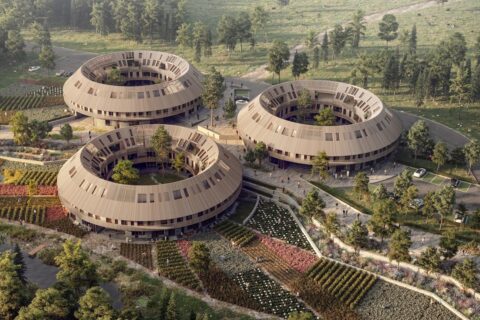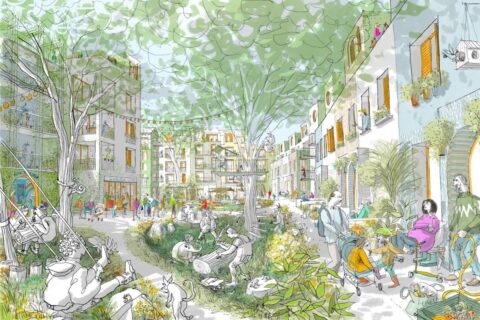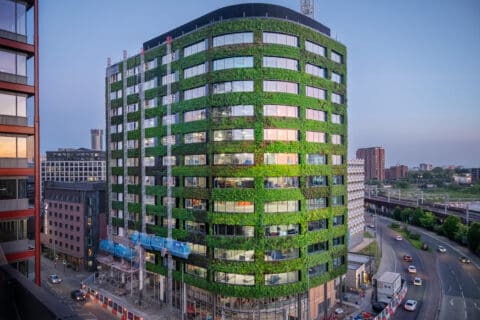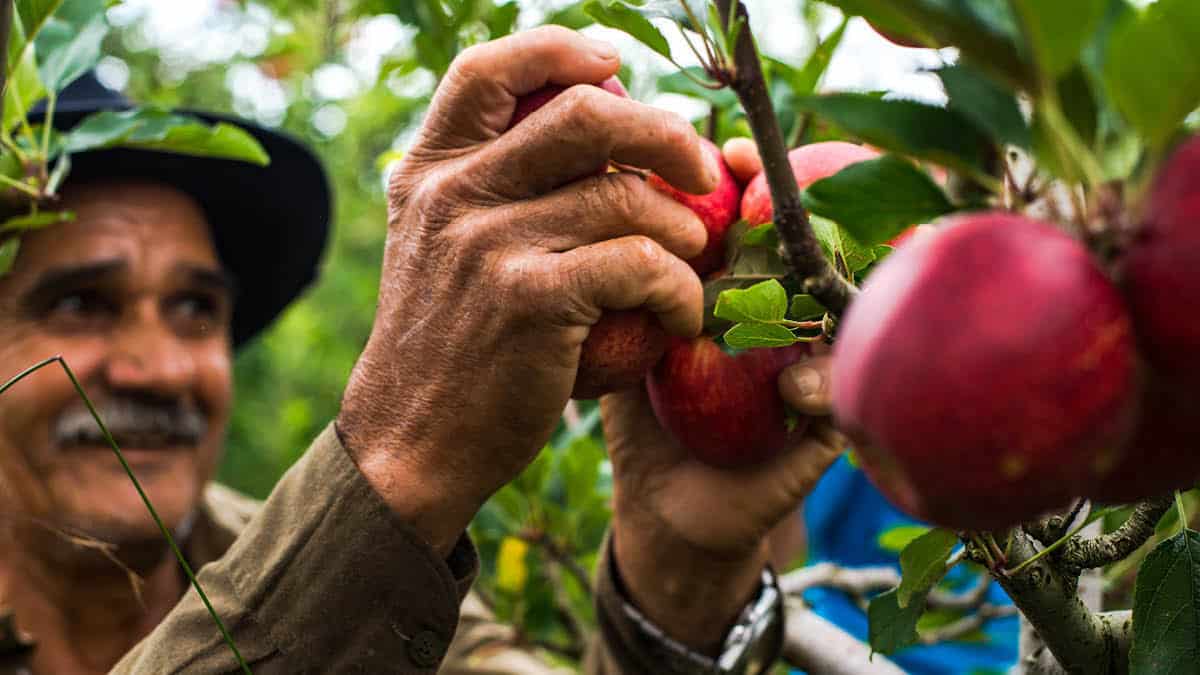A version of this article first appeared in a Special Report on ‘Smart Cities’, published in The Times, 7 June, 2012.
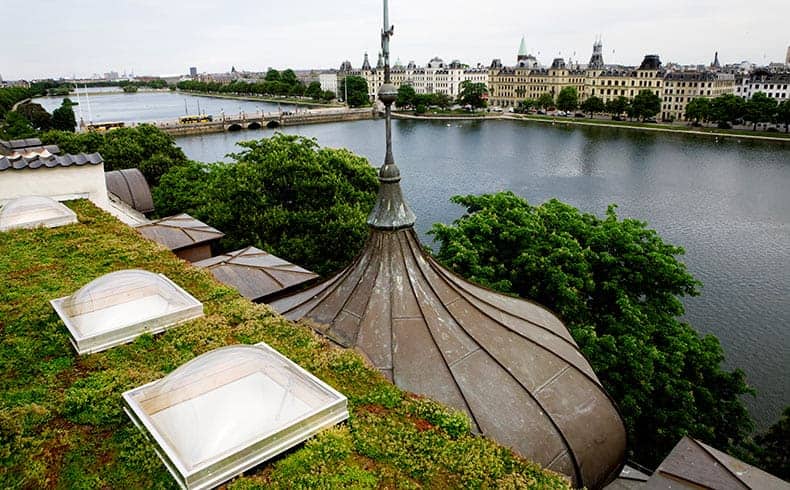
Sustainability is a modern business-model essential, not merely a wish-list desirable. Why? Ask any of the 1,000 thought-leaders and executives from commerce and brands who convene in San Diego this week to debate sustainability and you will get the same real-world answer: The force driving them together is consumer demand.
“Consumer expectations of business around the world are changing, as an increasingly internet-enabled and connected global citizenry becomes more informed about environmental and social impacts,” explains KoAnn Vikoren Skrzyniarz, Founder of Sustainable Brands, hosts of SB’12, in California.
“What we see in our community, from Ford to Zipcar, Intercontinental Hotels to Airbnb, Dell to Google and beyond, is that smart 21st-century businesses are proactively seeking to leverage technology to offer more sustainable solutions to consumers turned citizen. This smart company-city-consumer dynamic is key to delivering a sustainable economy for the future.”
We are inhabitants of a space where ethics, environment and economics meet, in a new age of e-conscience and e-commerce connectedness. In effect, we are all global citizens now. So, how are cities responding?
At the World Green Roof Congress in September, Copenhagen will host a five-continent, one-planet Mayoral debate on the future of cities. For the Danish capital, described as one of the five most sustainable cities in the world (along with San Francisco, Vancouver, Oslo and Curitiba), the smart money is on green, as Lord Mayor, Frank Jensen explains:
“For quality of living and working environment, for social equity and economic prosperity, the Smart Cities of tomorrow will be green cities, in every sense. Across the globe, from Portland, USA to Paris, France and Christchurch, New Zealand, to here in Copenhagen, Denmark, Mayoral offices understand urban biodiversity and green infrastructure are essential elements of any city vision.”
As if ecology, air quality, stormwater management and urban heat-island effect were not reasons enough to be greening up on the roof, there is another simple, pressing economic and physical development factor at play here: Land.
“Land will be like gold dust in Smart Cities of the future,” explains Dan Crossley, Sustainable Food expert, Forum for the Future “As a result, food-growing space in urban areas should become much more integrated into building design. I can envisage a world where vertical farms, rooftop growing and aquaponics are all the rage in Smart Cities, with excess heat from buildings used for greenhouses and biodigestors.”
With connectedness to nature key, some urban futurists endorse the concept of an open ‘living’ architecture, rather than a closed ‘built’ environment, arguing that no matter how intelligent the (green) infrastructure, no city can be truly smart if its buildings are dumb, dead, inert. Senior Lecturer at the School of Architecture, Design and Construction, University of Greenwich, Dr Rachel Armstrong describes a conflicted city:
“Essentially, the built environment is a clash of infrastructures – a geometrically conceived, object-centred human one and a complex, restlessly creative natural one. Our relentless ideological and physical war with nature has caused us injury from pollution, resource depletion and bacterial resistance. We need to end this war that we simply won’t win.”
For architectural peace to break out, smart, metabolic materials are needed that can both reduce carbon and improve ecology. These living materials can be of bacterial, plant, animal or even mineral origin: Some are technically ‘alive’ such as, bacteria; others are not, such as smart surfaces and paints. Already on the market and existing buildings are catalytic pollution-fixing surfaces, such as titanium oxide. Coming soon are applications for bacteria within concrete to help it self-repair, or ‘heal’.
Perhaps most talked-about are bioreactors: Engineered environments that support micro-organisms such as, algae, which can use light and carbon dioxide very efficiently to make biofuels and be integrated into building façades. Implications for development are far-reaching, as Rachel Armstrong concludes:
“It is not unthinkable that in the near future, buildings may have a series of bioreactors that give them a unique kind of physiology, with the ability to produce energy, food, remove pollution or glow in the dark. Our buildings will have organs that can turn modern consumers into producers – harvesting their own energy, or food crops – and will also have a positive environmental impact.”
Picture this vision of tomorrow’s world: An active, informed and happy citizenry, plus intelligent and successful business community, living and working together in harmony, in and around low-carbon, high-ecology Smart City environments. Is it really an impossible dream that modernisation of the metropolis could see planet-smart design driving down resource consumption, pollution and public-sector costs, whilst simultaneously ratcheting up performance, productivity and quality-of-life indicators? Whilst the prospects for cities of the future delivering on such promises might be highly debatable, the climate and building science are not: The need is visible, the technology doable.
Utopia? Now, that would be smart.
To view the Special report in full online, please click here.
Author: Jim McClelland


